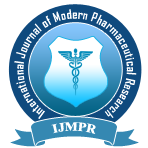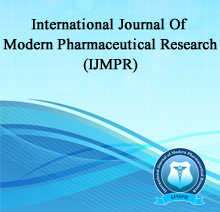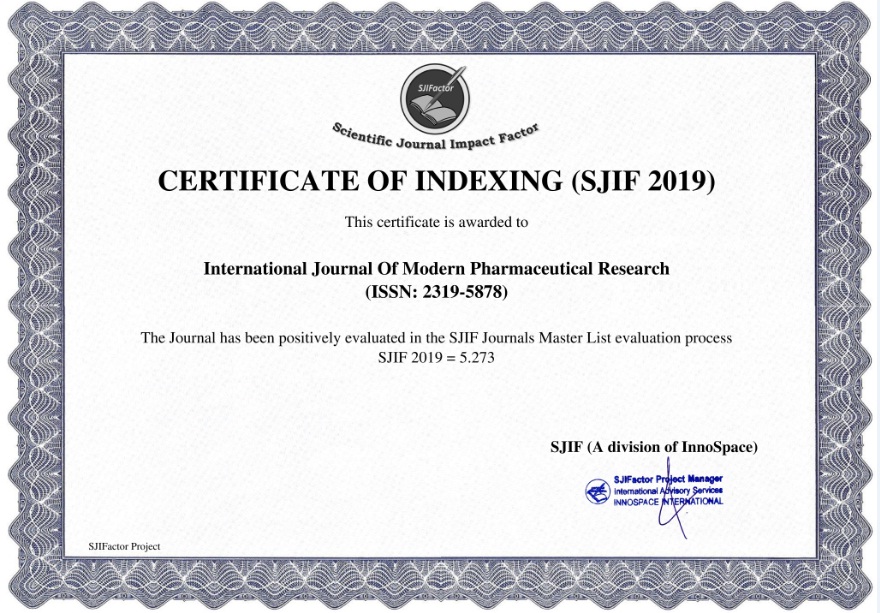COMPREHENSIVE INSIGHTS INTO NIOSOME TECHNOLOGY: FORMULATION, CHARACTERIZATION AND APPLICATIONS
Pallavi B. Raste*, Dr. Preeti G. Karade, Anushka A. Shah and Sonali S. Madnaik
ABSTRACT
Niosomes is selfassembled vesicles produced from non ionic surfactants with orwithout cholesterol, are a promising drug delivery system. This reviewcomprehensively explores the composition, preparation methods, characterizationtechnique s, and applications of the niosomal drug delivery system. The essentialcomponents of niosomes are cholesterol, charge inducing compounds, hydrationmedia, and non ionic surfactants. Number of factors, including the nature of themedication, cholesterol content, surfactant properties, and preparation conditions,influence the characteristics and performance of niosomes. Several methods areemployed for niosome preparation, including th in film hydration, ether injection,reverse phase evaporation, sonication method, multiple membrane extrusion,transmembrane pH gradient, bubble method, and the microfluidization. Eachtechnique has its advantages and limitations in terms of scalability, r eproducibility,and vesicle size distribution. Characterization of niosomes involves evaluatingvesicle size, size distribution, morphology, surface charge, entrapment efficiency,in vitro release, and stability. Niosomes have diverse applications in targe ted drugdelivery, transdermal and ocular drug delivery, cancer therapy, vaccine delivery, andcosmeceuticals. They have been successfully utilized for the encapsulation anddelivery of various drugs, such as antibiotics, anticancer agents, peptides, andr adiopharmaceuticals. This review highlights the potential of niosomes as aversatile and effective drug delivery system, with promising prospects for futureresearch and development in the field of nanomedicine.
[Full Text Article] [Certificate Download]


